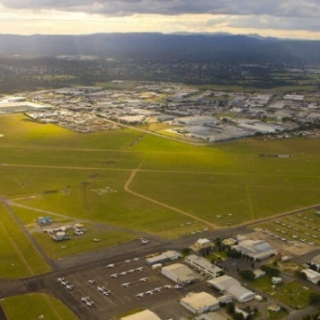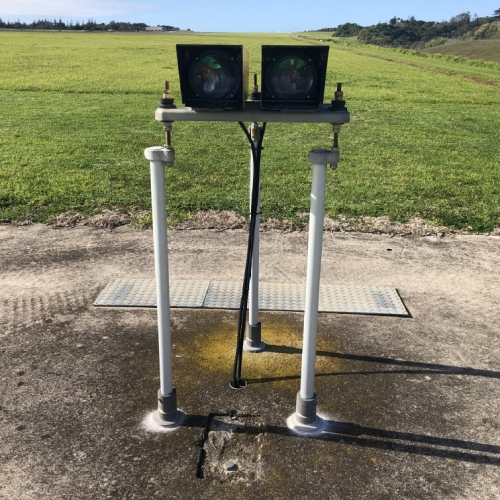Norfolk Island Airport is located on Norfolk Island in the Pacific Ocean, located between Australia, New Zealand, and New Caledonia.
The airport, due to its location, is an important transit and refuelling point for light aircraft flying between Australia, New Zealand, and the Pacific Island. Moreover, it is the gateway to Norfolk Island for visitors and locals alike and is one the most important pieces of infrastructure on the island. In addition to regular commercial flights the airport is crucial for medical evacuations to Australia.
Norfolk Island Airport has two runways. The main runway is 11/29, 1950m long by 45m wide and the second runway is 04/22, 1435m long by 30m wide.
Runways 11 and 29 are equipped with double-sided precision approach path indicator (PAPI) lighting systems.
The Pavement Repair and Resurfacing Project involved an asphalt overlay of all aircraft pavements, major airfield lighting replacement and reconstruction of concrete parking pads in the apron.
The largest aircraft serving the airport is the A321-200, operated by Air New Zealand. The PAPI systems were not designed to accommodate this larger aircraft and do not meet Manual of Standards Part 139—Aerodromes (MOS 139) requirements relating to wheel clearance over threshold. Further, there is a pre-existing technical non-conformance regarding PAPI light unit height above ground level requirements.
Relocating the PAPI systems to achieve conformance with these requirements would involve additional cost and result in reducing the landing distance available.
MOS 139 allows for reducing wheel clearance under certain conditions.
Aviation Projects prepared a safety case that supported the proposal to retain the PAPIs in their current position.
The safety case was accepted and CASA issued an approval for the reduced wheel clearance, subject to a number of conditions, including a requirement to publish relevant details in aeronautical publications.

